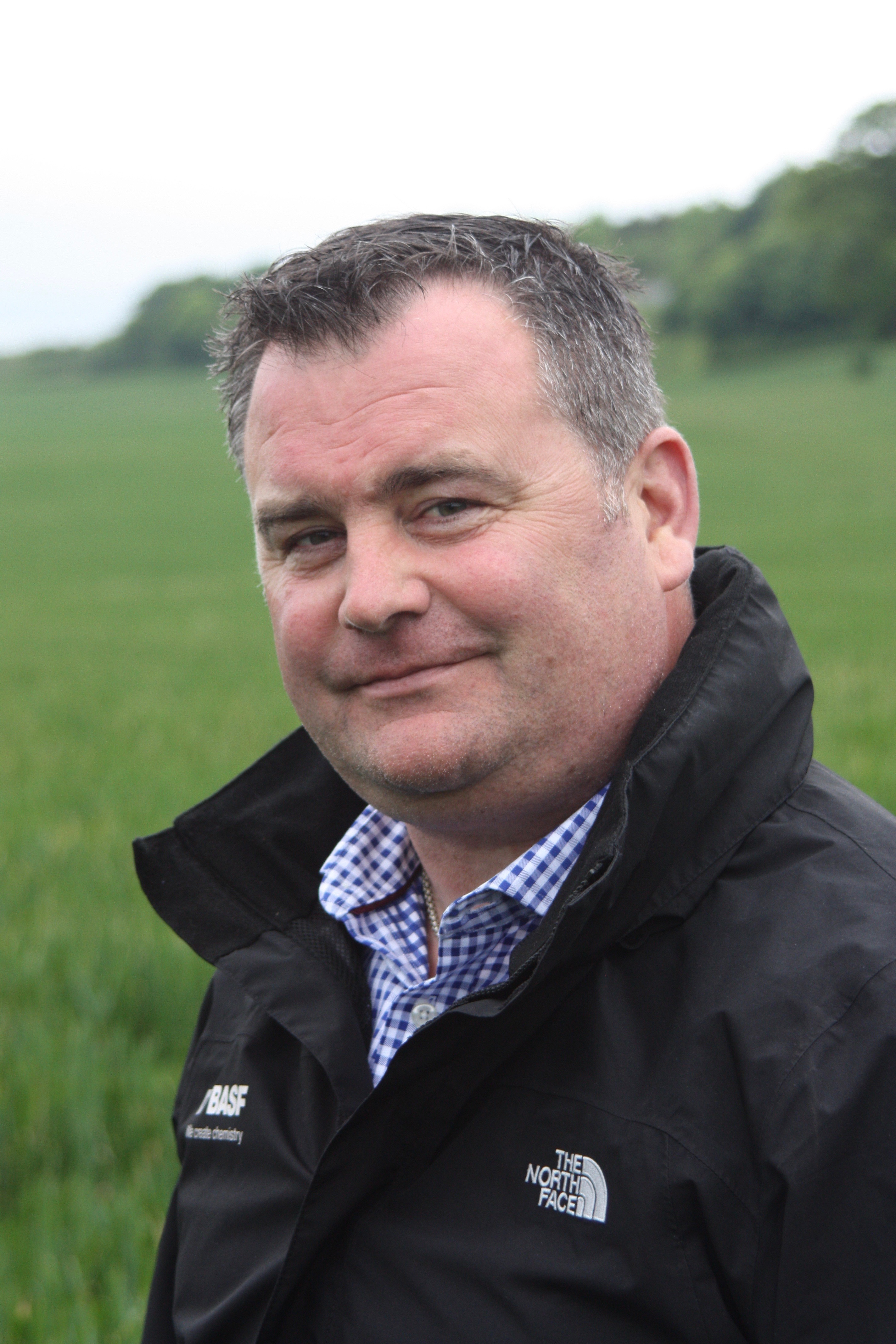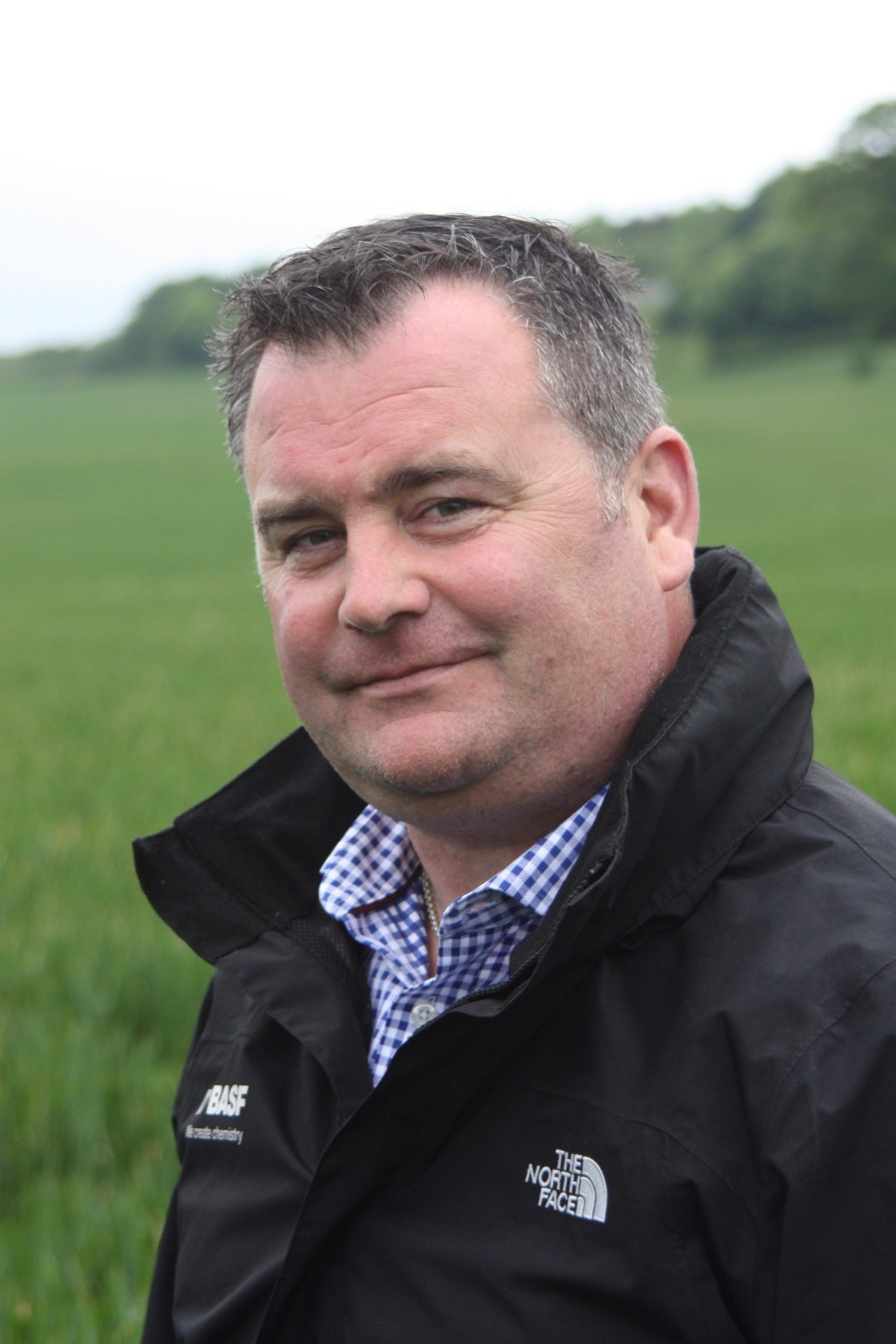
Most wheat growers in the UK believe their crops to be cleaner than they actually are, potentially compromising control of Septoria tritici at the key fungicide timings, according to results of a survey carried out by BASF last season.
The work examined the infection status of Septoria tritici in commercial wheat crops across the UK and compared the results with growers’ perception of disease levels in those crops.
Leaf samples were taken from 132 fields just before the flag leaf (T2) spray was due to be applied. All fields had already received T0 and T1 fungicides, so generally looked clean.
Two sets of samples were collected, one consisting of top two leaves (flag leaf and leaf 2), and the other of bottom two leaves (leaves 3 and 4). At the same time, growers were asked if they thought their crops were clean, or infected with septoria.
The leaf samples were then assessed for visual disease and a DNA test was carried out to identify whether spores had landed on the leaf but had not yet infected it, or whether the disease was starting to colonise the leaves, causing a latent infection (not showing visible symptoms).
“The results showed that by the time of the T2 application, 90% of lower leaves were already infected with septoria, although this was often not yet visible,” says BASF south west agronomy manager Paul Haynes.

90% of leaves three and four (left) and 64% of leaves one and two (right) were infected. Source: BASF; 132 leaf samples analysed just before T2
“Of the upper leaves, almost two-thirds (64%) were infected, and nearly all that infection was latent.”
However, based on their visual inspection, 60% of growers taking part in the study believed their crops were clean from top to bottom.
This was perhaps not surprising given that crops had already received two fungicide treatments, says Paul.
“But the analysis clearly showed that, no matter how green a crop looked pre-T2, the chances were septoria was present.
“It’s important to realise that in this scenario, we’re always in a curative situation, whatever our eyes tell us. In other words, even in a lower disease year like 2017 most crops needed curative activity in the T1 and T2 fungicide applications and spray intervals need to be kept tight.”
He recommends Adexar (fluxapyroxad+ epoxiconazole) at T1, adding that Librax (fluxapyroxad+ metconazole) in particular showed “exceptional” curative properties against septoria last year. “That’s why we recommend it at T2, though Adexar also remains an excellent T2 choice.” Chlorothalonil should be included to maximise resistance management.
Paul points out that 2017 was a low or late disease year, even in the south west. “In a more normal or high-disease pressure year, truly clean crops are likely to be very scarce indeed.”




